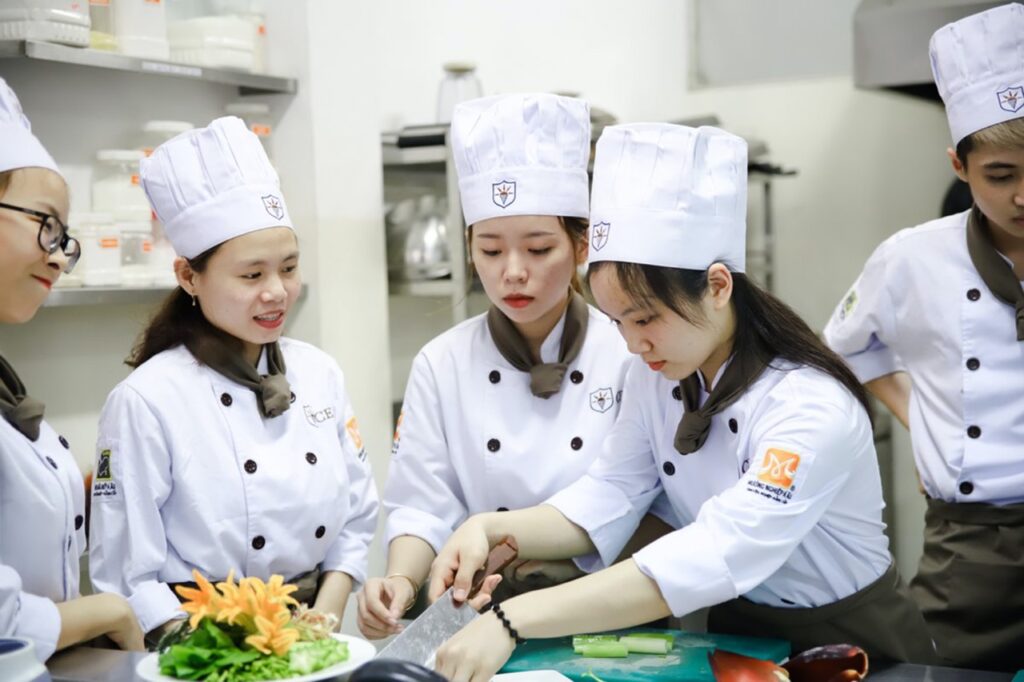The culinary arts have long been recognized as a significant aspect of culture and lifestyle, embodying the essence of a civilization and reflecting its history, traditions, and innovations. But the aesthetics of food go beyond the mere act of eating or the practical function of nutrition. It is an immersive sensory experience, a delicate dance of taste, smell, sight, and even sound and touch, which can evoke emotions and memories, connect communities, and inspire creativity.
Culinary Art: A Symphony of the Senses Food is a complex interplay of the senses. The sight of a beautifully arranged plate can whet the appetite, the sound of a sizzling steak or the pop of a champagne bottle can add to the anticipation, the smell of freshly baked bread or a fragrant stew can transport us to different places, and the texture of a creamy risotto or a crunchy apple can add layers to the experience. Finally, the taste – the culmination of all these sensory inputs – delivers satisfaction and delight.
The aesthetics of food are about elevating these sensory experiences. Chefs are not only cooks but artists who create edible masterpieces. They pay attention to color contrasts, shapes, and layout on the plate. They experiment with different textures and temperatures. They create layers of flavors that surprise and excite the palate. They even play with sounds, from the crunch of a crispy skin to the crackle of sugar on a crème brûlée.
Food and Emotion: Taste Memories Food has the power to evoke emotions and memories. Many of us have experienced the nostalgic feeling brought about by a certain dish that reminds us of home, childhood, or a special event. Our brain associates flavors and smells with certain experiences, creating “taste memories.”
Chefs can tap into these taste memories to create dishes that not only satisfy the stomach but also stir the heart. A well-crafted dish can transport diners back to their grandmother’s kitchen, a childhood vacation, or a memorable meal. It can also create new memories – a special date, a celebration, or a culinary adventure.
Food as a Cultural Expression Food is also a form of cultural expression. It tells a story about the people, their history, their environment, and their values. Each ingredient, cooking method, and presentation style carries a piece of the culture’s identity.
Chefs, as cultural ambassadors, have the responsibility and the privilege to showcase their culture through their dishes. They can introduce diners to new ingredients, flavors, and techniques, broadening their culinary horizons and fostering cultural understanding.
The aesthetics of food is a celebration of the senses, an exploration of emotions and memories, and a reflection of culture. It turns the simple act of eating into an enriching and meaningful experience. As we become more aware and appreciative of this culinary art, we enhance our dining experiences, making each meal not just a source of sustenance, but a source of joy, inspiration, and connection.







